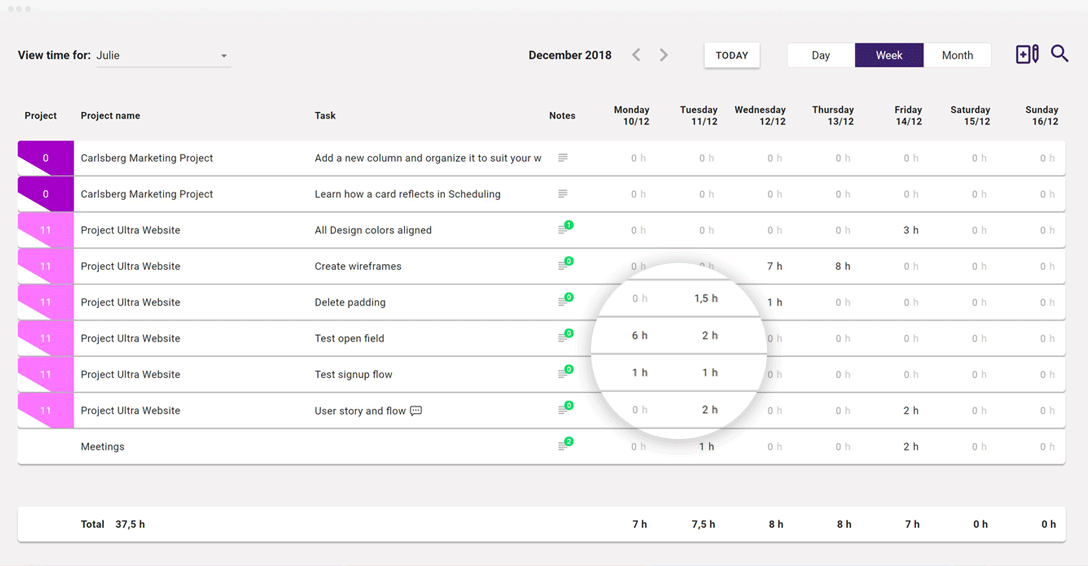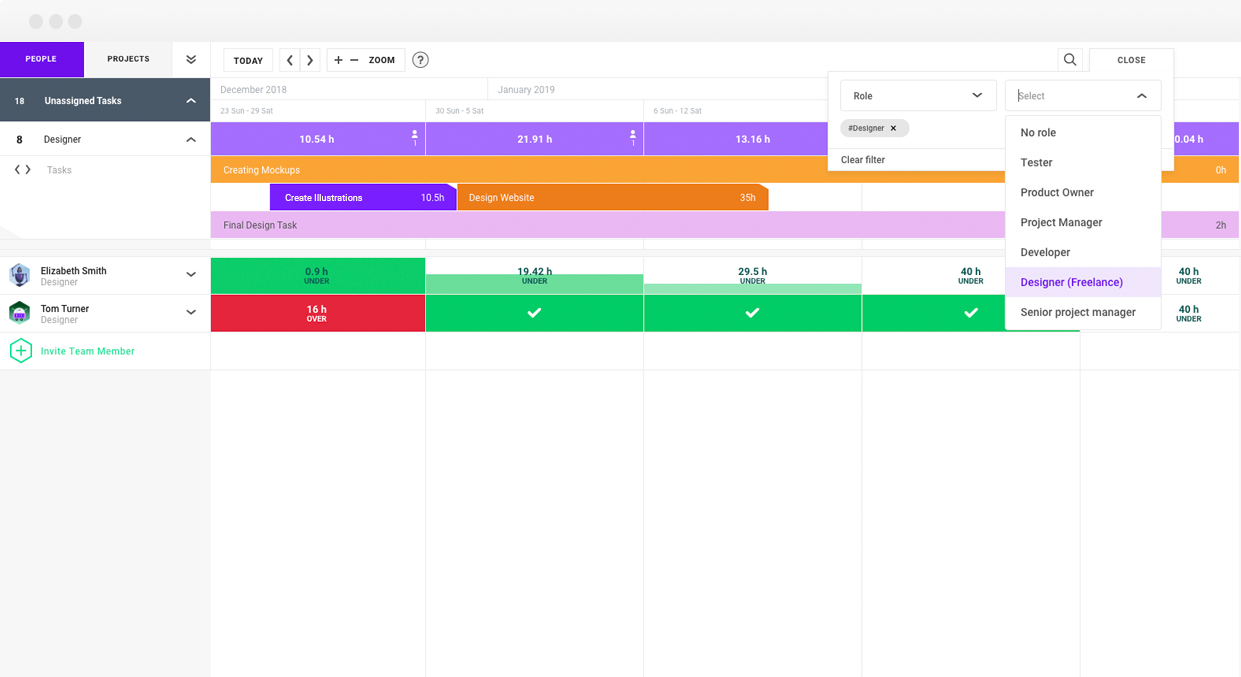How tracking tools help you manage projects better

There are plenty of tracking tools to choose from when entering the world of project management. All the tools have different functionalities and benefits that promise to improve the road ahead. However, many project managers still prefer to use a whiteboard or sticky notes to track their progress.
While these visual aids are useful, they lack some key functions that you can only get from project management tools. Here are some of the ways that tracking tools help you manage projects better.
Live Updates to Critical Path
Using cloud-based project tracking tools offers one significant perk over both the traditional whiteboard approach and server-based project management software: they update everyone in a live environment. So, when one team member gets everything he needs in place to start their wordpress website management tasks, the rest of the team knows right away. Additionally, if the first team member forgets to let the other person know that the changes have been completed, it adds senseless delays and reduces productivity.
Project management software updates everyone on the team the moment something is marked as completed. This is one of the main reasons why project managers should use tracking tools.

Understand Time Spent
Using a time tracking tool that’s within a project management tool allows users to record their time and add details as to what time was spent where. This gives the project manager a better idea of the work process and what's left to finish. Is the time being spent in one area? What’s expected or does it necessitate further conversation?
Time tracking methods also help with billing and payment, especially on projects where freelancers are brought in. This helps the project managers see how much work the marketing team, designers, and developers are getting done.
Assistance with Allocating Resources
There are a lot of moving parts to any project. For example, a marketing launch campaign for a new gym location could include design teams, regulations surrounding signage in the area, website developers, etc. Within those umbrellas are endless lists of things to get done to have a successful launch. It's important to identify where the bottlenecks are happening. So, with a limited budget, how does a project manager figure out where the money should be allocated for the best possible results?
Project tracking tools can help discern where resources should be allocated by giving a high-level approach of what’s on track and what’s lagging behind. For example, ensuring that lower-paid contractors and employees are working on the less-time consuming tasks that require limited skills while higher-paid contractors work on specialized tasks.

If time tracking shows that one team member is bottlenecks the process because they’re inundated with work, while another team member is barely logging any hours, the project manager can assign the less unassigned team worker to help. It’s not enough to ask the team for feedback about their workload, as the answers will be highly subjective. Some workers may be comfortable setting boundaries with their workload while others may be unaware of their potential and can handle more; the proof is in the tracking data.
Staying Within Budget
It’s estimated that at least 85% of projects go over budget. Of course, the extent to which the project goes over budget largely depends on the size of the project, the management team, skills put in place, the quality of planning and tracking, and unforeseen circumstances that arise.
Having project tracking tools in place shows project managers if the resources are being used faster than expected during the initial planning process. This allows project managers to foresee issues with the budget and work to divert them. For example, if a contractor is logging too much time on a task that should have been straightforward, the project manager can discern what the issue is and what they can do to circumvent an overspend.
Tracking Tools Matter
Tracking tools can help an inexperienced project manager keep everything in line and assist in developing their skills while getting the job done. Conversely, tracking tools can help experienced project managers streamline their processes and handle multiple projects at once. By using a tool like Forecast that brings these various tracking elements together, you can manage projects better and get the job done the right way.
You might like to read these articles on our blog..
Subscribe to the Forecast Newsletter
Get a monthly roundup of productivity tips & hacks delivered straight to your inbox
